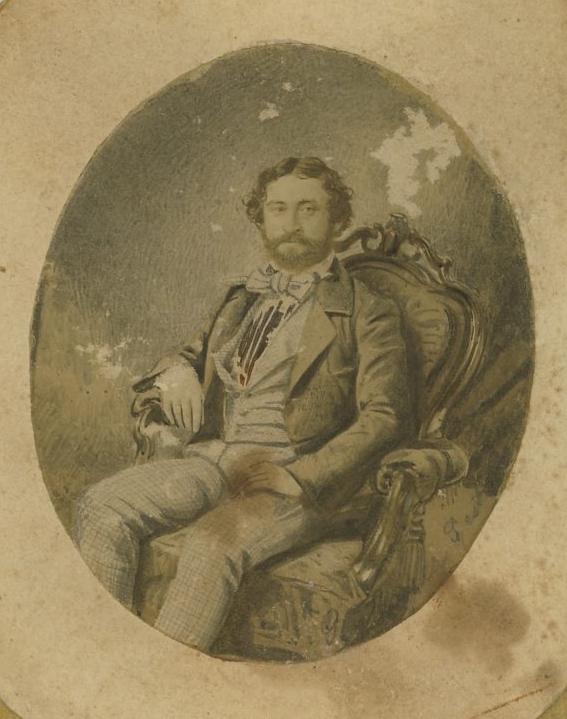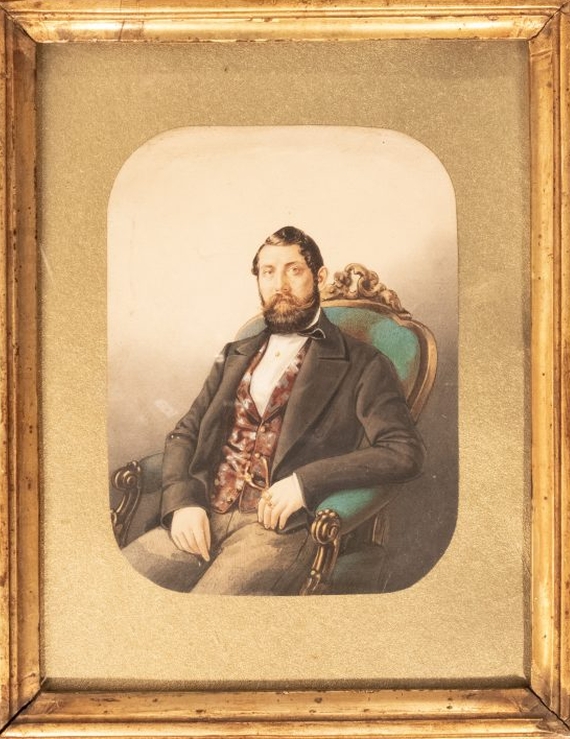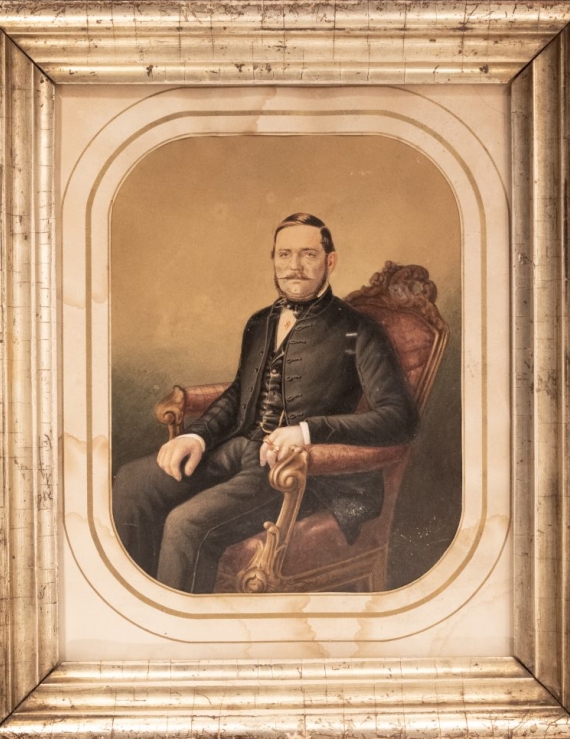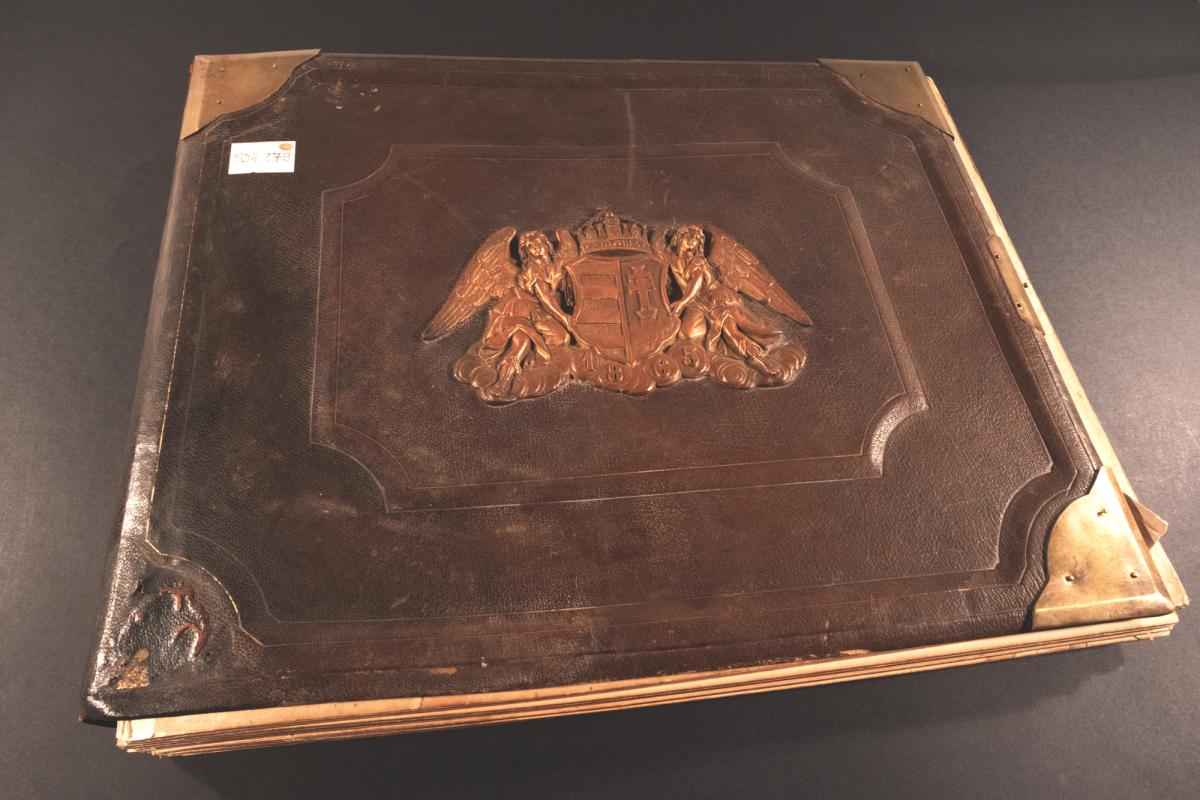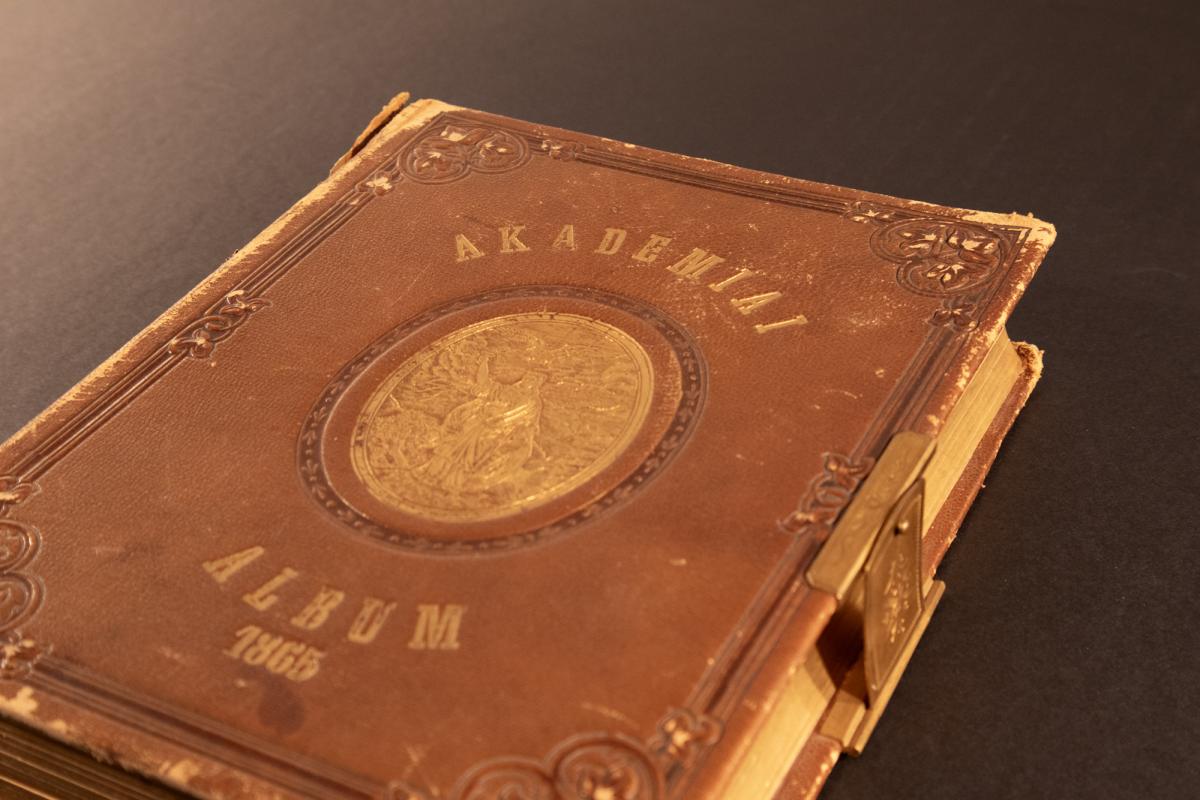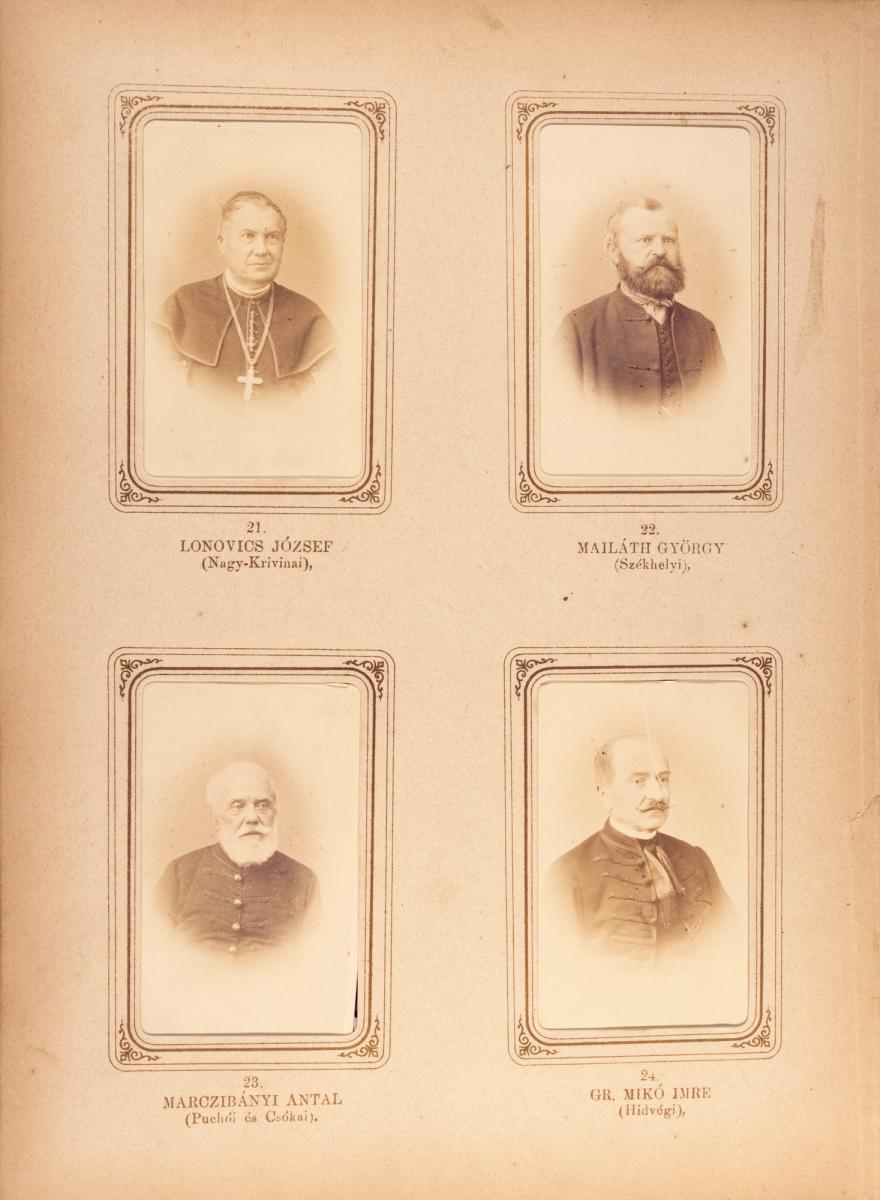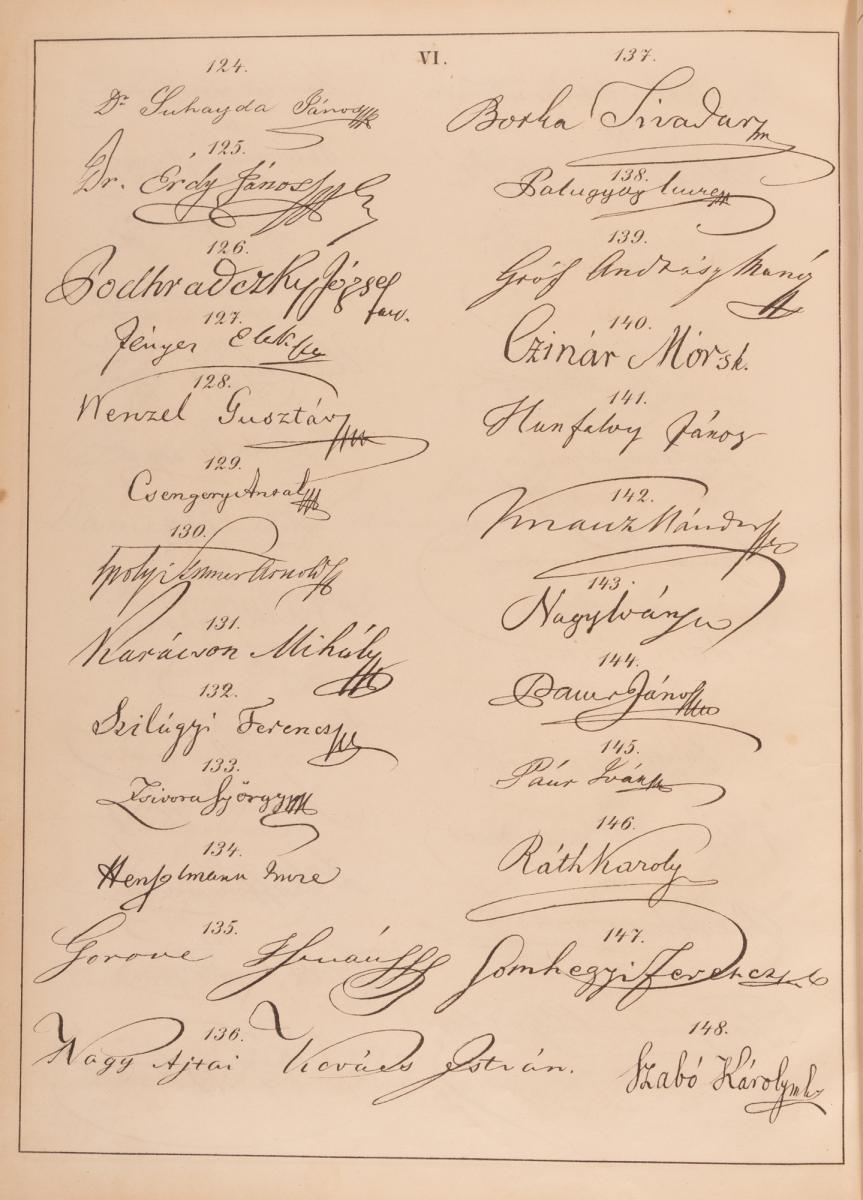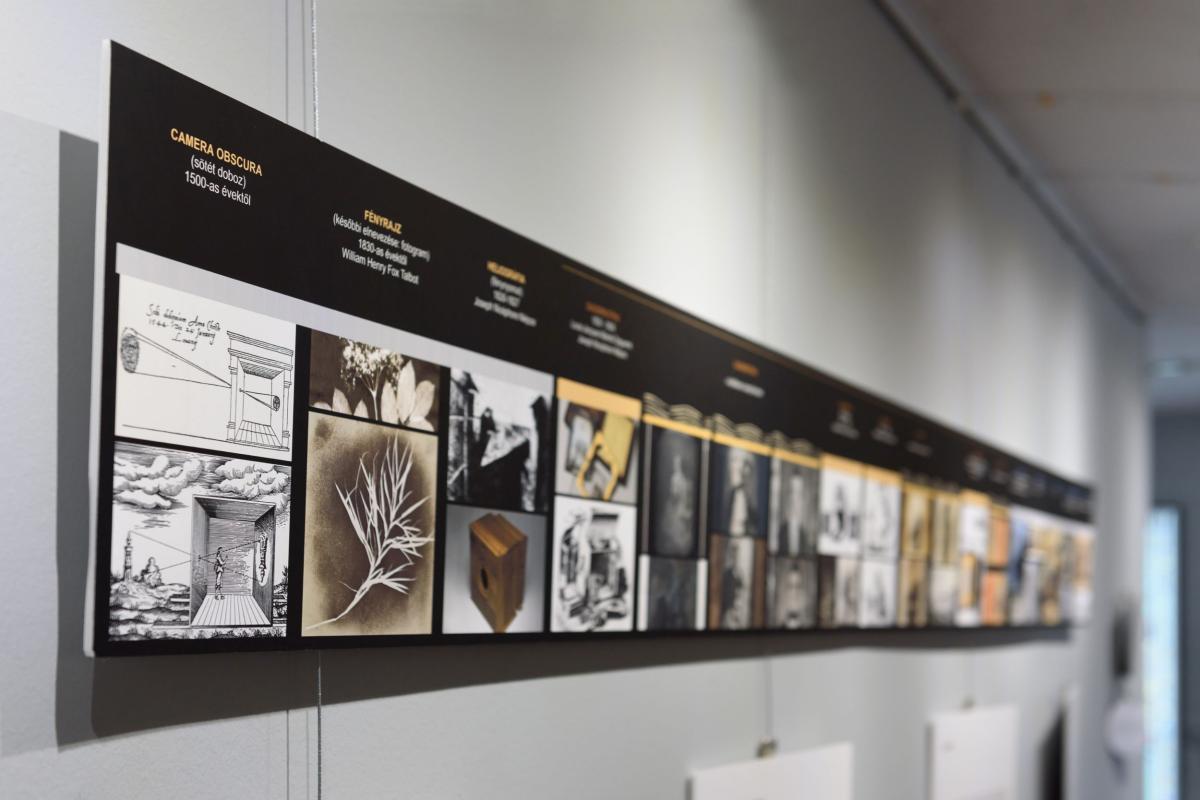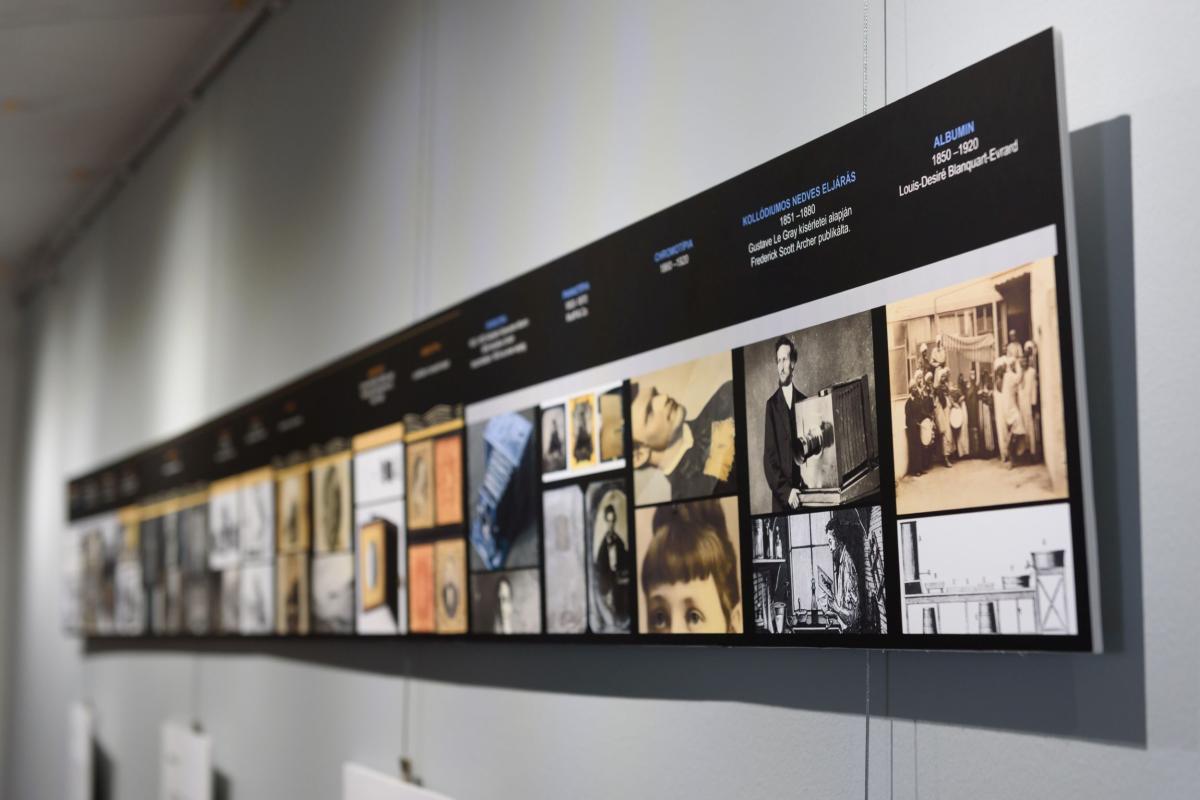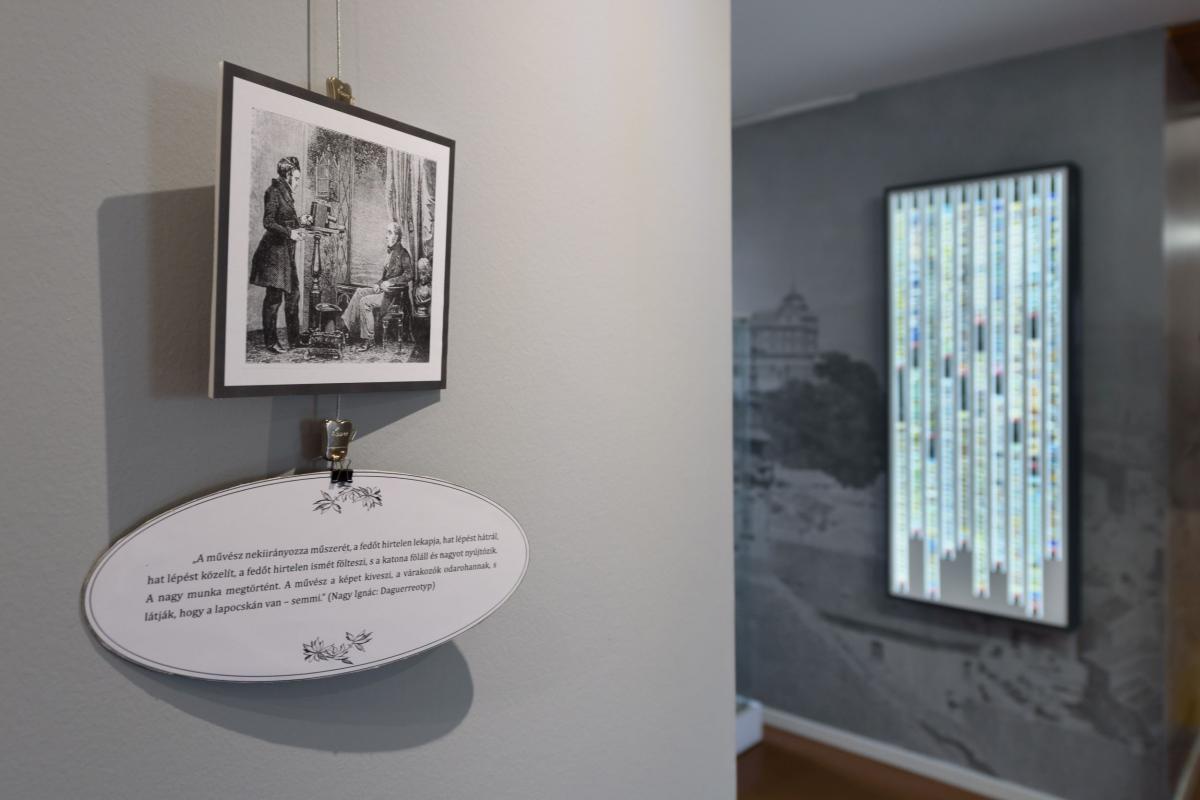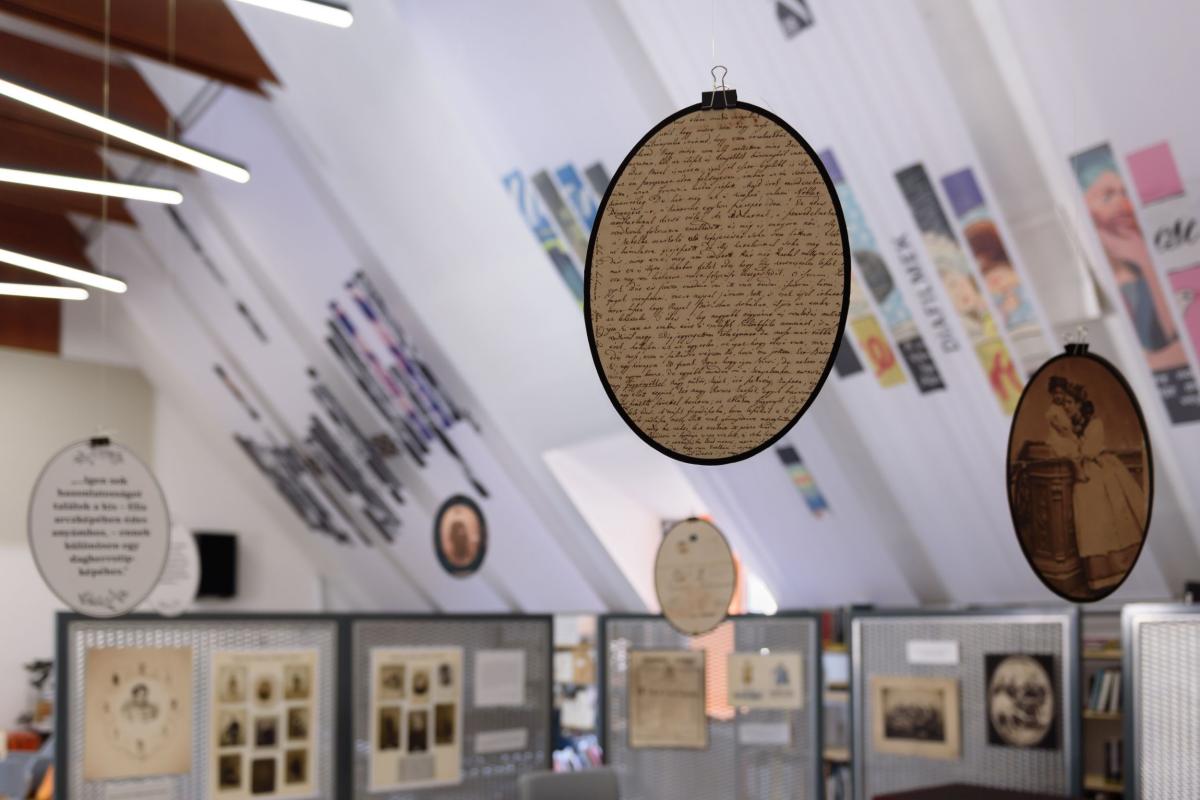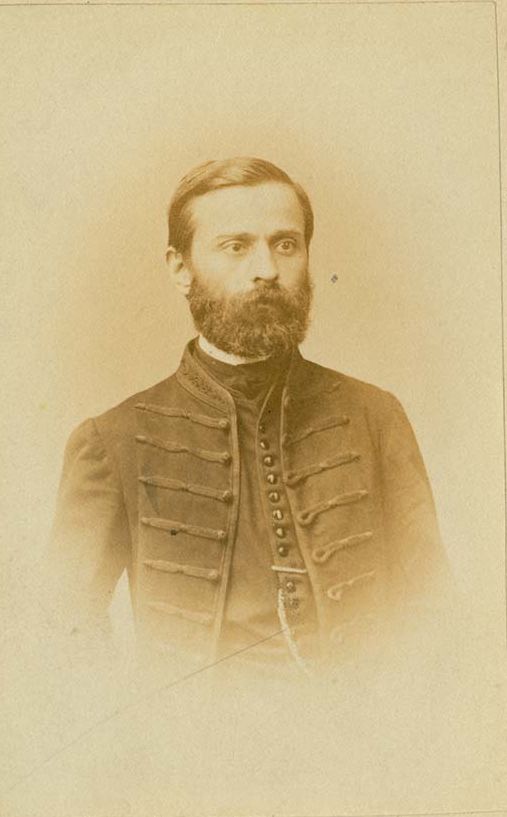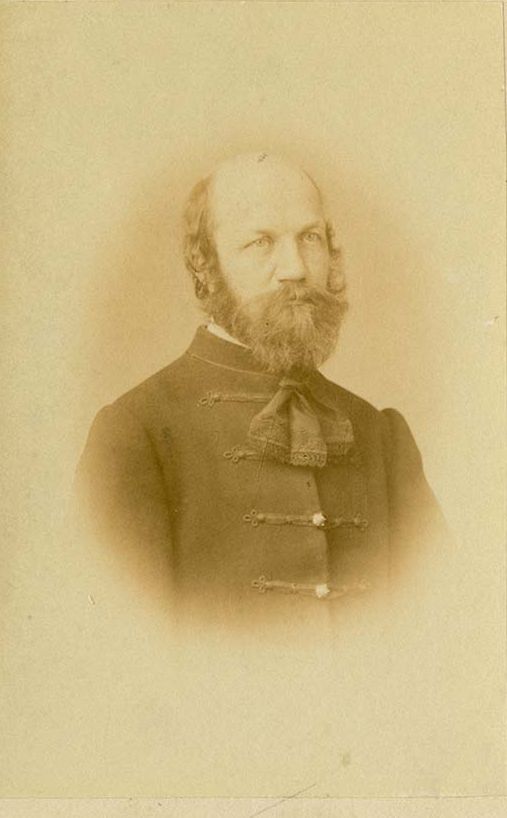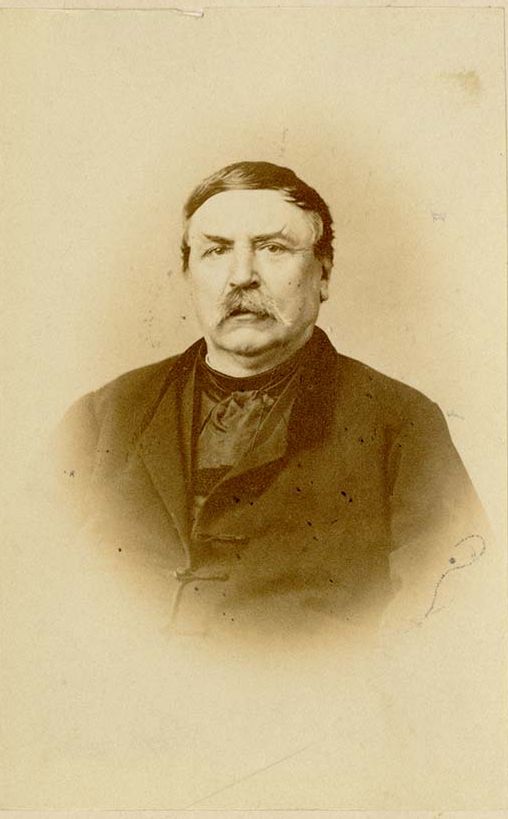
"Capturing the Human Face" – highlights of 19th century Hungarian portrait photography (open from 22 June 2024 to 30 January 2025)

The exhibition is open free of charge from 22 June 2024 to 30 January 2025.
NSZL opening hours:
Tuesday–Wednesday: 10.00–18.00 (last entry: 17.00)
Friday: 9.00–19.00 (last entry: 18.00)
Monday and Saturday: CLOSED
Venue: NSZL, research room of the Historical Photo and Video Collection, floor 7, Chapel Space
In the early days of photographic processes, portrait painting was still a vibrant genre, with a good number of professional painters becoming photographers. The best known of these are Jakab Marastoni, György Mayer, Lajos Kawalky, and later József Borsos and Miklós Barabás. Experimental scientists, as well as pharmacists, opticians and goldsmiths, also took up photography. Long-known methods such as oil and watercolour painting were occasionally mixed with photography, forming a transition between traditional portraiture and fresh, yet-to-be-discovered techniques: among the portraits on display are the coloured portrait of Mátyás Pöltl, the innkeeper, the coloured portrait of the Unknown Man, and the coloured portrait of Gyula Bulyovszky. Later, in the second half of the 19th century, 'traditional' art gradually became separated from portraiture.
The period of mass portraiture came with the spread of albumen process. New techniques were combined with new formats. From 1854, the carte de visite was introduced, and from 1866, the cabinet card. In the 1860s, the first photo albums appeared in Hungary, containing hundreds of small portraits that could be reproduced immediately. Among the first official albums produced for a special occasion are the Album of the Hungarian Academy od Sciences, published in 1865, and the Album of the Members of the National Assembly of 1865–67.
In the early period, 'sun writing' was mainly portraiture, although still-lifes, interior and exterior shots are also known, but far fewer than portraits. But why did portraiture become the almost dominant genre in the first half century of photography? One reason is practical: the early processes, which required many pieces of equipment, the precise use of various chemicals and meticulous steps, made it difficult to create outdoor images. The other reason was the needs of the photographic public: to preserve for eternity what is most important to us: the images of family members, friends and important people in our lives. Thanks to the design and size of the photographs, everyone could now take them with them, send them, pull them out from their pockets.
Related content:
The beginnings of Hungarian portrait photography in the 1840s-50s
Our Fotótér content service offers free browsing of our portrait collection of over a thousand rare photographs.


